In metallurgy, stainless steel, also known as inox steel or inox from French inoxydable (inoxidizable), is a steel alloy with a minimum of 10.5% chromium content by mass.
Stainless steels are notable for their corrosion resistance, which increases with increasing chromium content. Molybdenum additions increase corrosion resistance in reducing acids and against pitting attack in chloride solutions.
Thus, there are numerous grades of stainless steel with varying chromium and molybdenum contents to suit the environment the alloy must endure. Thus stainless steels are used where both the strength of steel and corrosion resistance are required.
Stainless steel’s resistance to corrosion and staining, low maintenance, and familiar lustre make it an ideal material for many applications.
Stainless steels are rolled into sheets, plates, bars, wire, and tubing to be used in cookware, cutlery, surgical instruments, major appliances and as construction material in large buildings, such as the Chrysler Building.
As well as, industrial equipment (for example, in paper mills, chemical plants, water treatment), and storage tanks and tankers for chemicals and food products (for example, chemical tankers and road tankers).
Stainless steel’s corrosion resistance, the ease with which it can be steam cleaned and sterilized and no need for other surface coatings has also influenced its use in commercial kitchens
Saucepans (or just “pots”) are vessels with vertical sides about the same height as their diameter, used for simmering or boiling. Saucepans generally have one long handle.
Larger pots of the same shape generally have two handles close to the sides of the pot (so they can be lifted with both hands), and are called sauce-pots or soup pots (3–12 litres).
Saucepans and saucepots are measured by volume (usually 1–8 l).

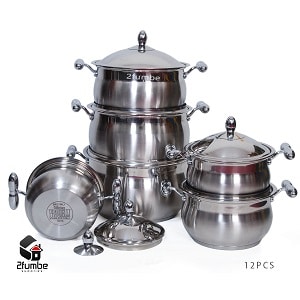
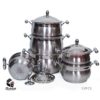
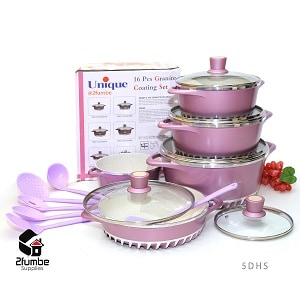
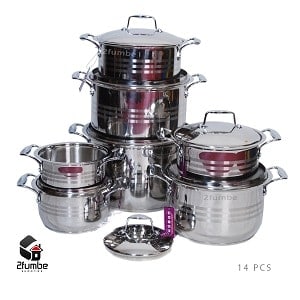
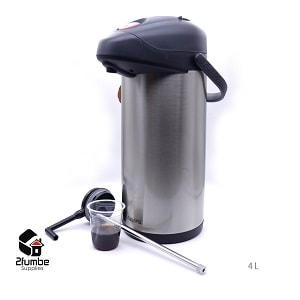
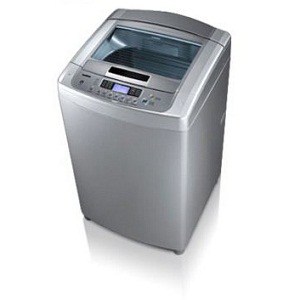
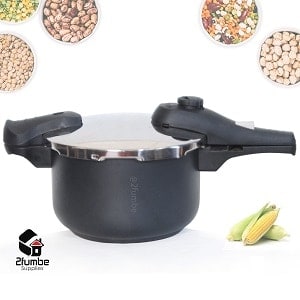
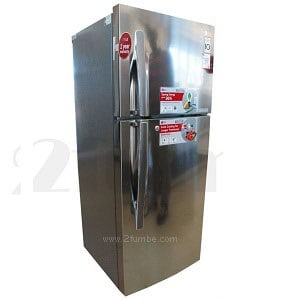
Reviews
There are no reviews yet.